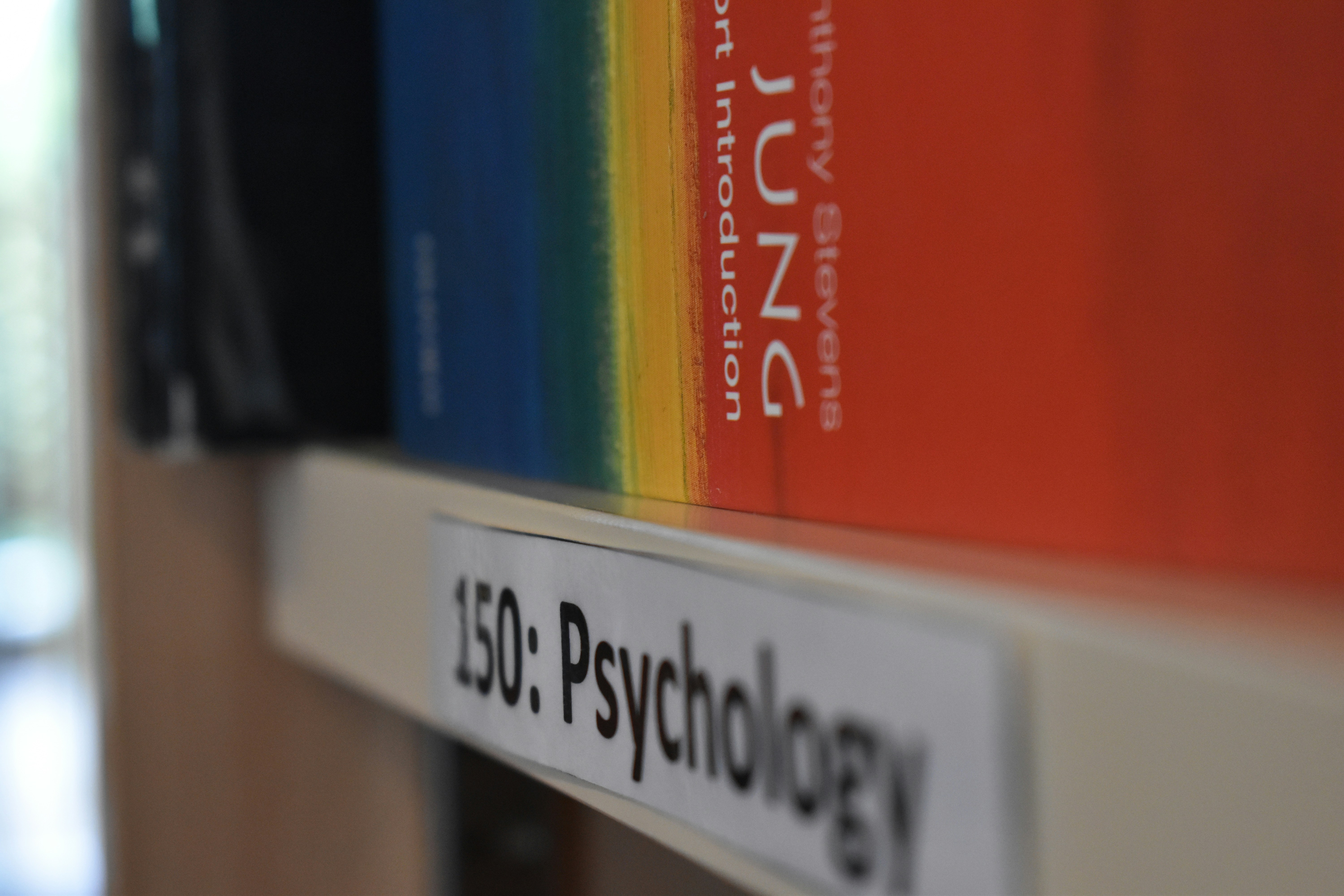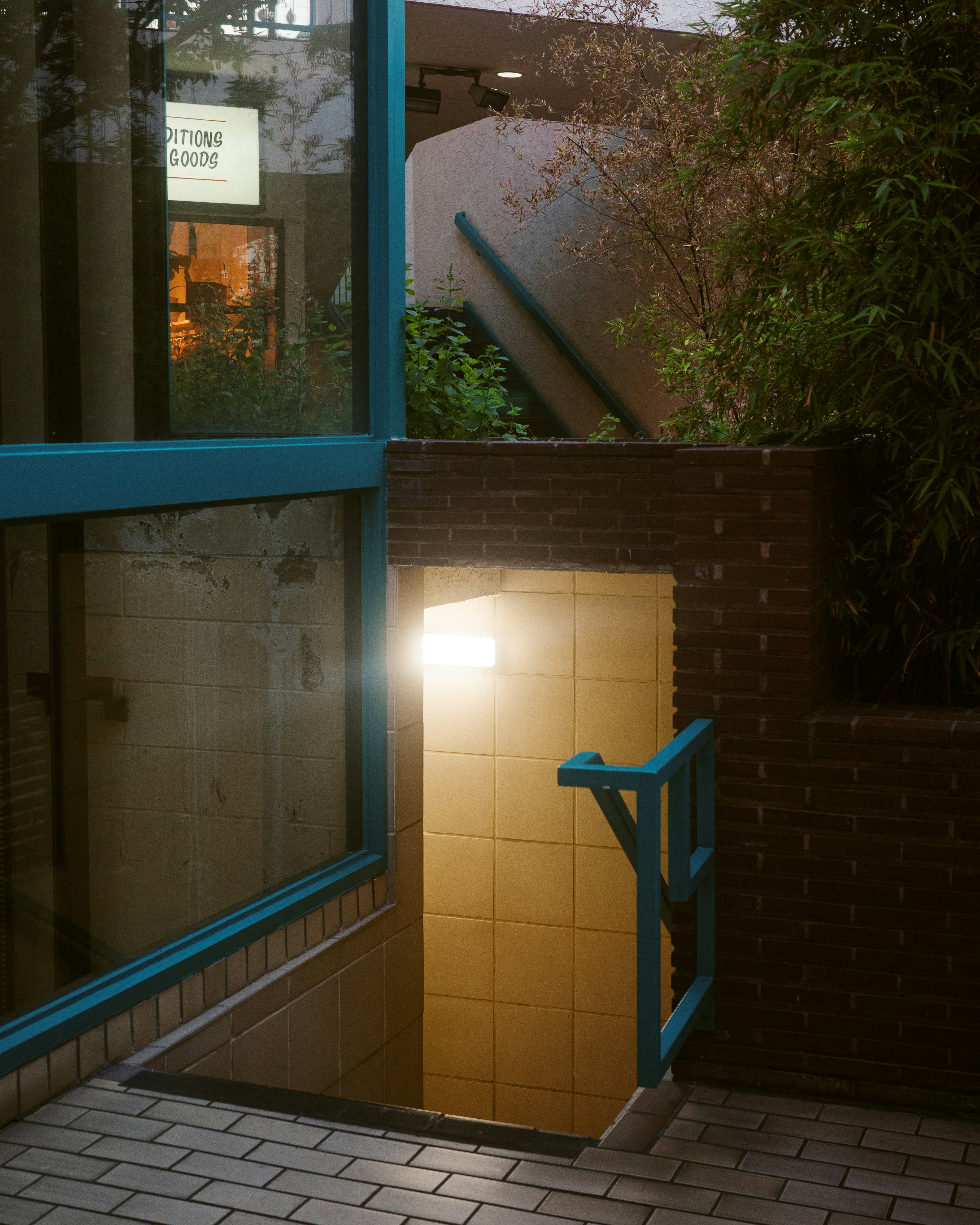Understanding Color Psychology
Color psychology is a fascinating field that examines how colors influence our emotions, behaviors, and perceptions. It is rooted in the understanding that colors are more than mere visual stimuli; they can evoke specific feelings and reactions, influencing our daily lives and decision-making processes. The fundamental premise is that different colors elicit unique emotional responses, which can vary across cultures and social settings.
For instance, the color red is commonly associated with passion, energy, and urgency, often stimulating quick decision-making. It has been shown to increase heart rates and evoke strong feelings, which is why it is frequently used in the branding of food products and clearance sales. Conversely, blue often evokes feelings of calmness and tranquility; it is frequently associated with stability and reliability. This is why corporate environments often feature blue tones, as they can promote a sense of trust and professionalism.
Yellow, on the other hand, is often linked to optimism and warmth. It can increase feelings of happiness and is used in creative spaces to stimulate innovation. However, excessive use of yellow may lead to frustration or anxiety, showcasing how context plays a critical role in color perception. Green is typically associated with nature, health, and rejuvenation, providing a sense of peace and balance, which is why it is a popular choice for spaces intended for relaxation.
The associations we have with different colors can be shaped by cultural influences, personal experiences, and societal trends. This dynamic relationship between colors and emotional responses highlights the importance of color choices in various settings, ranging from interior design to branding. Understanding color psychology can help individuals make more informed decisions about their environments, ensuring that the colors they choose resonate with their intended feelings and behaviors.
Color Trends of 2025
As we approach 2025, several color trends are poised to dominate home design, influenced by a myriad of factors including evolving societal values, technological advancements, and design movements. This year, a noticeable shift towards colors that evoke tranquility and connectivity will emerge, depicting a deeper understanding of psychological comfort in home environments. With the rise of remote work, the need for calming spaces is imperative, leading individuals to gravitate towards earth tones and muted pastels, which promote relaxation while establishing a sense of security.
The influence of social media and global connectivity has further transformed color preferences. Bold and vibrant hues are expected to become popular as people seek ways to express individuality in their personal spaces. Colors such as vibrant greens and rich blues symbolize renewal and creativity, resonating with a society that increasingly values sustainability and innovation. The connection to nature continues to deepen, with colors inspired by environmental themes gaining traction, allowing homeowners to feel grounded and in tune with the world around them.
Moreover, the rise of technology, particularly in virtual reality and augmented reality, is shaping color perceptions. Customization in home design, powered by these technologies, allows individuals to experiment with a wide palette to reflect their identity and emotions. As people continue to embrace a plethora of design styles, the interplay between color and psychological well-being becomes evident, with brighter shades often associated with stimulating creativity and darker tones suggesting introspection. This year, as we analyze the apartments, offices, and communal spaces that people occupy, the color schemes will undoubtedly reflect their personal journeys, lifestyle choices, and emotional states. The evolving trends in 2025 will unveil not just aesthetic preferences but also the underlying motivations tied to our shared experiences in an ever-changing world.
What Your Home Colors Say About You
The colors chosen for interior spaces can often serve as a reflection of an individual’s personality and emotional state. In 2025, as more homeowners harness the power of color psychology, understanding what these paint choices signify becomes essential. For instance, the color red is often associated with energy, passion, and a zest for life. Individuals who opt for bold reds in their living spaces may possess a dynamic personality, thriving on excitement and enthusiasm. This vibrant color can also evoke strong emotions, suggesting that these individuals may be outgoing, confident, and willing to take risks.
In contrast, blue, particularly softer shades such as sky blue or powder blue, conveys a sense of tranquility and calmness. Those who choose these tones might prioritize peace and serenity in their lives, valuing relaxation and stability. The calming effect of blue can also indicate a reflective nature, suggesting that these individuals are introspective or prefer to engage in thoughtful conversations rather than loud celebrations. Such associations help to paint a clearer picture of the personality traits represented by the choice of home colors.
Moreover, neutral colors like beige or gray often signify practicality and simplicity. Homeowners who lean towards these hues may value minimalism and functionality, showcasing a personality that appreciates structure and order. These individuals often strive for an uncluttered environment, which might mirror their approach to life: organized and straightforward. Anecdotal evidence supports these theories, with numerous case studies highlighting how such personalized choices lead to deeper insights into their owners’ lifestyles and preferences.
Understanding these associations helps homeowners make informed decisions when choosing their home colors, ultimately contributing to a living space that resonates with their identity and values.
Choosing Colors Intentionally for Better Wellbeing
The deliberate selection of colors for one’s home environment can significantly influence mental and emotional wellbeing. Colors convey distinct psychological effects; thus, understanding these can help individuals make informed choices that promote positivity and comfort. For example, warm colors such as reds, oranges, and yellows can stimulate energy and creativity, making them suitable for active spaces like kitchens or home offices. Conversely, cooler colors like blues, greens, and purples tend to instill a sense of calm, making them ideal for bedrooms or relaxation areas.
To enhance wellbeing, consider incorporating color harmonies that resonate with your personal preferences while also facilitating your desired mood. For instance, if you seek tranquility, soft shades of blue or gentle greens may create a peaceful atmosphere. To further elevate emotional stability, you might integrate accents of warm colors, which can cultivate an inviting environment without overwhelming the senses. Additionally, experimenting with different shades and tones can help individuals discover combinations that feel best suited to their personal styles.
One effective method to choose colors intentionally involves mindfulness techniques. Begin by evaluating how certain colors make you feel, perhaps by looking at fabric samples or paint swatches in natural lighting. You could also consider the function of each room. For instance, if a space serves as a creative studio, vibrant hues may spur inspiration, while a meditation room may benefit from neutral tones that foster relaxation.
Ultimately, the transformative power of color in one’s home cannot be overstated. By consciously integrating colors that align with personal emotions and lifestyle, individuals can create spaces that not only reflect their personality but also support their journey toward enhanced wellbeing. Such intentional decisions can lead to a more harmonious environment that promotes a balanced state of mind and emotional peace.
If you’re interested in purchasing the item you seek, please click the link for additional details: #americanachoice.
https://amzn.to/3SBN3Oy
AFFILIATE DISCLOSURE: I am an affiliate for this company, I am not a paid employee.
I may receive a commission if you click a link on this page and choose to purchase something.
You can rest assured I will only share things I believe in and will be valuable to you.



